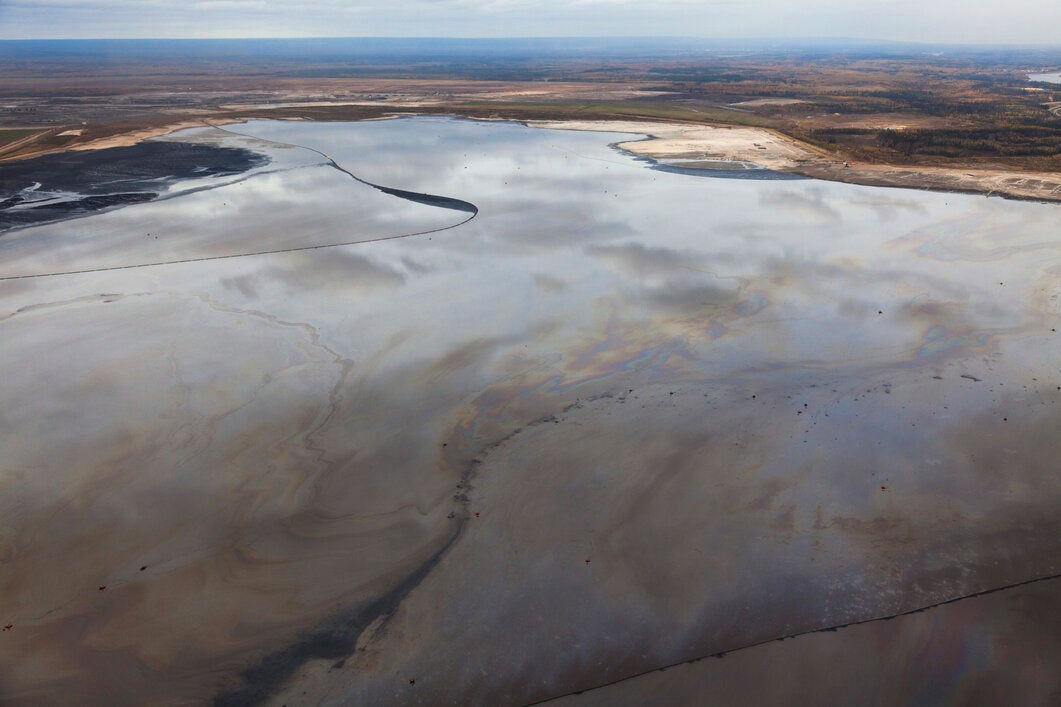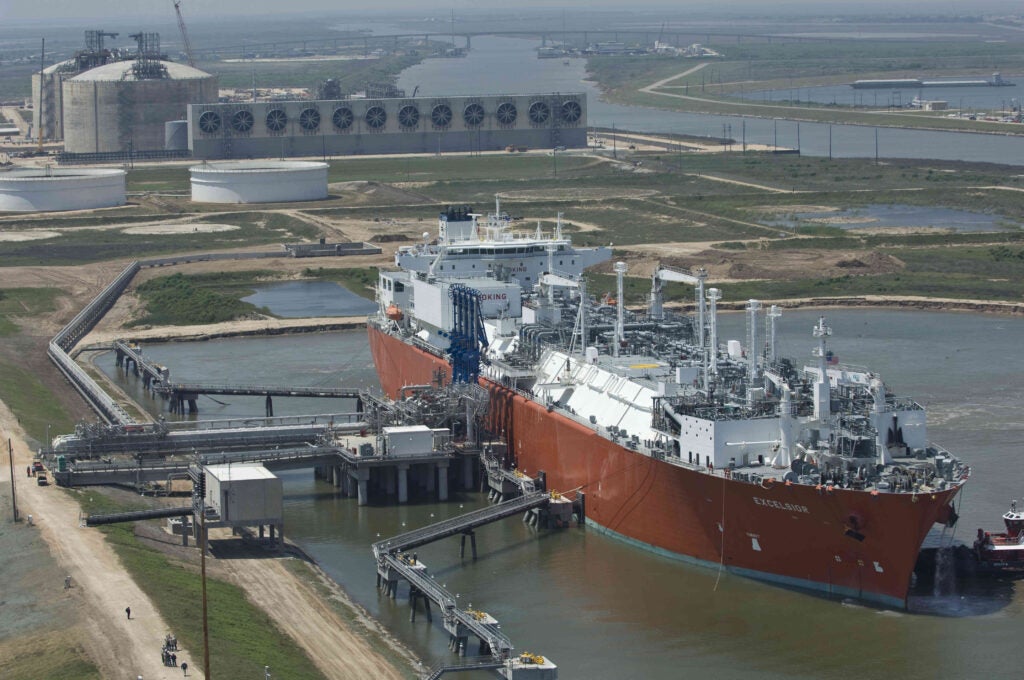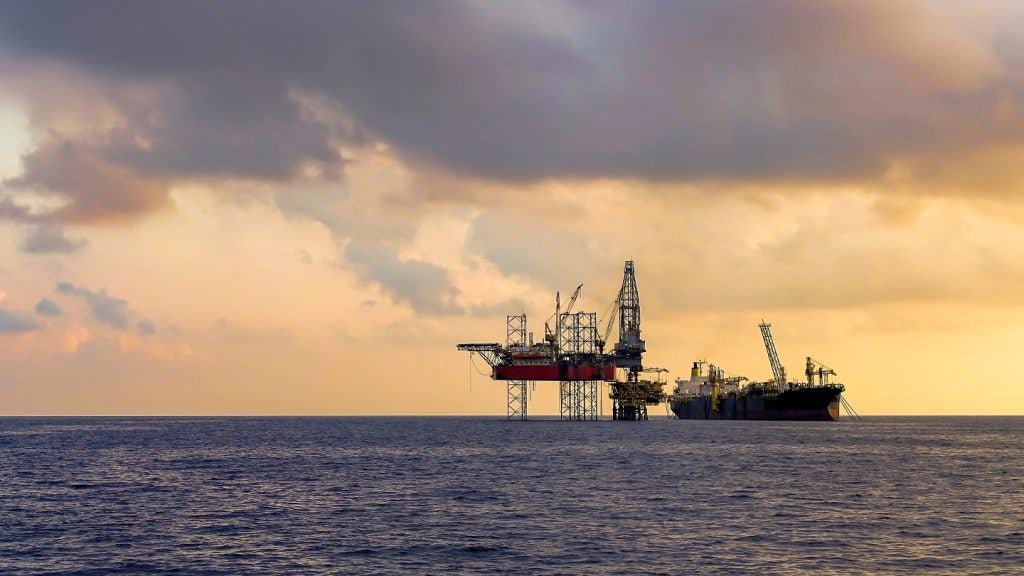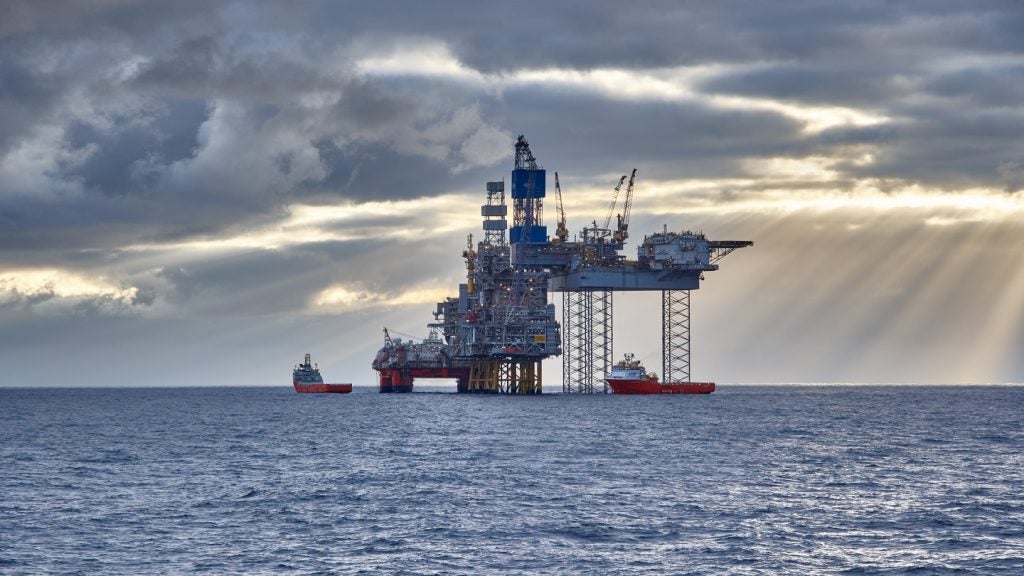
New research from Stanford University, published on Thursday, has found that the magnitude 5.6 earthquake in Alberta, Canada in November last year was caused by fossil fuel activity.
The study revealed that the injection of wastewater deep underground by oil and gas companies likely caused the earthquake, which was one of the most powerful earthquakes ever recorded in Canada’s Peace River area. Its findings strongly indicate a causal relationship between wastewater disposal and fault damage, concluding that the event was “most likely induced”.
The quake, though the largest in the region’s history, reportedly caused no harm or human injury, perhaps due to the remoteness of the area, although people reported feeling tremors more than 400 miles away. Three slightly smaller earthquakes hit the same area again this month, less than a mile away from the site of the original November quake.
At the time, the Alberta Energy Regulator cited “natural tectonic activity” as the cause of the event, adding that the data showed the seismic events occurred “at greater depths than what we would expect in the case of an induced event”. Stanford’s new study casts doubt over these findings.
Operations in the peace river area focus on extracting a thick, sticky form of oil called bitumen. To mobilise the tar-like substance for easier removal to the Earth’s surface, huge amounts of hot water are injected deep underground, where it mixes with heavy metals, hydrocarbons, and harmful chemicals.
The wastewater produced from this is reinjected underground as an economic method of disposal. While the report did not name particular companies as involved in this process, the link between the disposal and the earthquake could have significant impacts on the way the waste from bitumen extraction is managed. Since bitumen drilling began in the 1980s, in the Peace River area alone around 40,000 Olympic-sized swimming pools, or 100 million cubic metres, of wastewater have been injected underground.
How well do you really know your competitors?
Access the most comprehensive Company Profiles on the market, powered by GlobalData. Save hours of research. Gain competitive edge.

Thank you!
Your download email will arrive shortly
Not ready to buy yet? Download a free sample
We are confident about the unique quality of our Company Profiles. However, we want you to make the most beneficial decision for your business, so we offer a free sample that you can download by submitting the below form
By GlobalData“Earthquakes of similar magnitude to the Peace River event could be damaging, even deadly, if they happened in more populated areas,” Ryan Schultz, lead author of the study said in a press release. “It is important that we understand the mechanics involved and how to avoid inducing more of these events.”
The first of its kind
This is the first study to link seismicity in the area to human activity. Researchers have long linked earthquakes to fracking and wastewater disposal in parts of the Alberta region close to the Canadian Rocky Mountains. However, the new research is the first to link such a huge seismic event in an area so far from the mountains to fossil fuel activity.
“The Peace River earthquake caught our interest because it occurred in an unusual place,” said study co-author William Ellsworth, a research professor of geophysics. “Multiple lines of compelling evidence point to this quake as being man-made,” he added.
The results of the study also have implications for future underground operations, such as carbon capture, utilisation and storage (CCUS) technology.
Schultz added that the November earthquake is “a cautionary tale” for the region, where government and industry and government activity is planning to be expanded. Increases in hydrogen production and CCUS initiatives are expected in the coming years while oil-sands wastewater disposal also continues.







